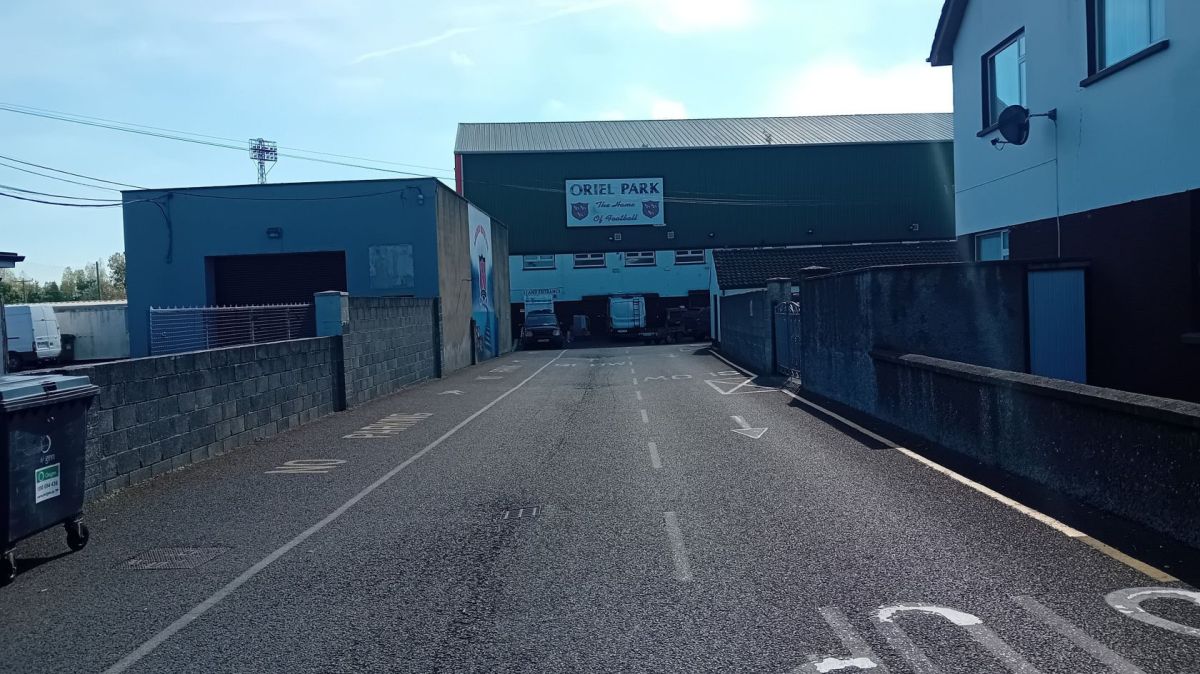Experts from Northern Ireland Swift Group are raising concerns about the swift population, calling for urgent conservation efforts to prevent further decline. According to bird groups, breeding swift numbers have plummeted by 66 percent across the UK over the past 30 years.
A primary reason for their population decline is the disappearance of nesting spaces. Modern construction practices, including PVC facia boards and increased use of glass and metal, have eliminated traditional nesting cavities. Therefore, Ballyclare has emerged as a focal point for conservation, with local residents encouraged to install nesting boxes to support these remarkable birds. As one expert has noted, "It will take time, but work is well underway”.
Swifts are migratory birds that arrive in Northern Ireland in late April before embarking on a 3,400-mile journey back to Africa in early August. They spend nearly their entire lives in flight, reaching speeds of up to 69 mph. When the breeding season ends, swifts briefly land to construct nests, returning to the same nesting site each year.
Mark Smyth, a founding member of the Northern Ireland Swift Group, has been advocating for swift conservation for decades. Hosting one of County Antrim’s largest swift colonies at his home, he recalls, "In my school days, the skies were black with swifts. The decline has been noticeable since the 1990s”.
Efforts across Europe have outpaced those in the UK, with some countries making swifts a priority in urban planning. In County Mayo, Ireland, a 23 percent increase in swifts was recorded after requiring swift bricks in new buildings.
In Ballyclare, swift bricks were installed in a recent housing development, and conservation groups continue to push for similar initiatives. Antrim RSPB’s Michael Ingleston explained that, "Work is progressing, and we’re committed to restoring swift populations across the region”.















